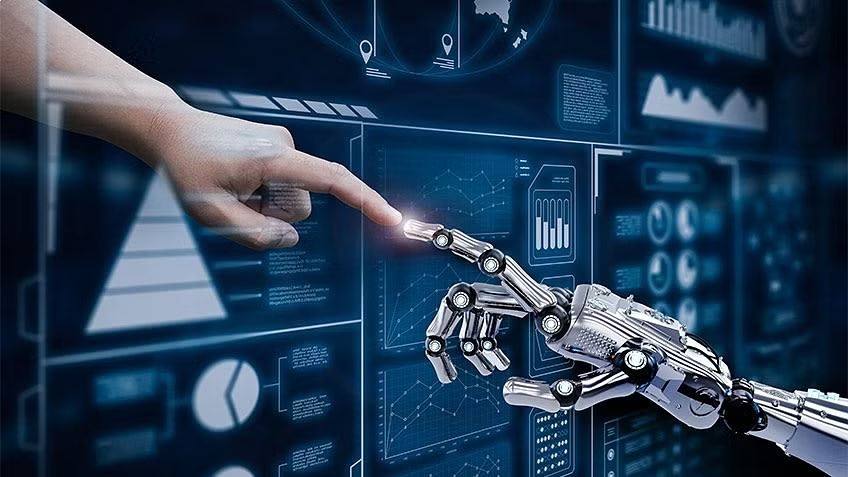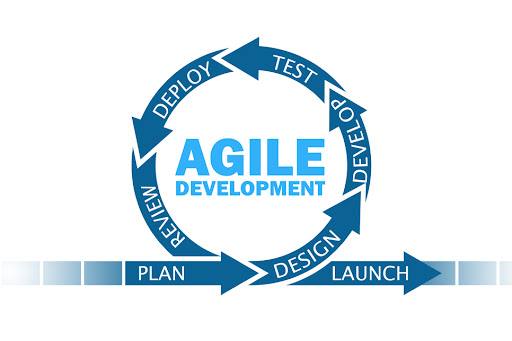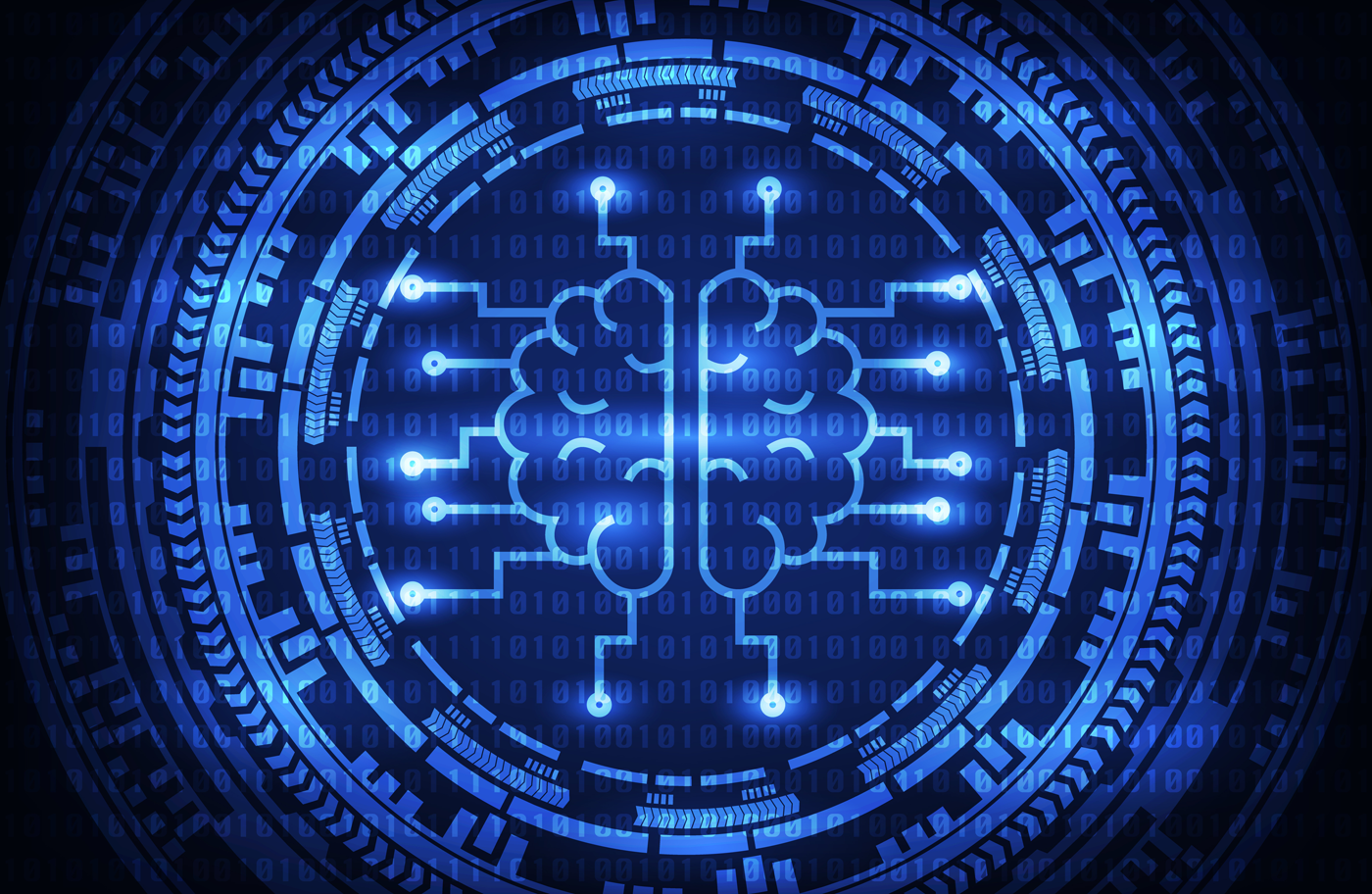Deep learning is continuously evolving, with new advancements and applications emerging across various fields. This section explores additional areas where deep learning is making a significant impact and the future trends shaping its development.
Deep Learning in Human-Computer Interaction (HCI)
- Emotion Recognition:
- Affective Computing: AI models analyze facial expressions, vocal tones, and physiological signals to detect and interpret human emotions. This enhances user experience in applications such as virtual assistants and interactive media.
- Sentiment Analysis: Deep learning improves sentiment analysis by evaluating text, speech, and social media data. This enables more accurate understanding of user sentiments and emotional states.
- Natural Language Understanding:
- Contextual Understanding: Advanced NLP models improve contextual understanding of language, allowing AI systems to grasp nuances and subtleties in human communication. This supports more effective dialogue systems and language translation.
- Conversational Agents: Deep learning enhances conversational agents by enabling more natural and coherent interactions. This includes developing chatbots and virtual assistants that can handle complex queries and provide relevant responses.
Deep Learning in Smart Homes and IoT
- Home Automation:
- Smart Appliances: AI models optimize the operation of smart appliances by analyzing user habits and preferences. This includes energy-efficient scheduling and personalized recommendations for home devices.
- Voice Control: Deep learning improves voice recognition and command execution in smart home systems. This enhances user interaction with voice-activated devices and home automation systems.
- IoT Data Analysis:
- Sensor Fusion: Deep learning integrates data from multiple IoT sensors to provide a comprehensive view of the environment. This supports applications in smart homes, industrial automation, and environmental monitoring.
- Anomaly Detection: AI models detect anomalies in IoT data, such as unusual patterns or system malfunctions. This enables proactive maintenance and ensures the reliability of connected devices.
Deep Learning in Creative Arts
- Generative Art:
- AI Art Creation: Deep learning algorithms generate original artwork by analyzing and synthesizing artistic styles and techniques. This includes creating paintings, digital art, and multimedia installations.
- Music Composition: AI models compose music by learning from existing compositions and generating new melodies, harmonies, and arrangements. This expands creative possibilities in music production and composition.
- Creative Writing:
- Story Generation: Deep learning generates creative writing pieces, such as short stories and poetry, by analyzing narrative structures and stylistic elements. This supports authors and content creators in developing new literary works.
- Scriptwriting: AI assists in scriptwriting for films, TV shows, and video games by generating dialogues, plotlines, and character interactions. This enhances the creative process and supports storytelling.
Deep Learning in Healthcare Diagnostics
- Medical Imaging:
- Image Analysis: AI models analyze medical images, such as X-rays, MRIs, and CT scans, to detect abnormalities and assist in diagnosis. This improves accuracy and efficiency in medical imaging.
- Disease Classification: Deep learning classifies diseases based on imaging data and patient history, supporting more accurate diagnoses and personalized treatment plans.
- Predictive Analytics:
- Disease Forecasting: AI models predict disease outbreaks and progression by analyzing epidemiological data and environmental factors. This supports public health planning and response strategies.
- Treatment Outcomes: Deep learning predicts treatment outcomes by analyzing patient data and treatment responses. This enables personalized medicine and improves patient care.
Deep Learning in Cybersecurity
- Threat Detection:
- Malware Identification: AI models detect and classify malware by analyzing file behavior, network traffic, and system activities. This enhances threat detection and prevention in cybersecurity.
- Intrusion Detection: Deep learning improves intrusion detection by analyzing patterns and anomalies in network traffic. This supports early detection of cyber threats and unauthorized access.
- Behavioral Analysis:
- User Authentication: AI models analyze user behavior patterns for authentication and fraud detection. This includes biometric data and behavioral biometrics for secure access control.
- Insider Threat Detection: Deep learning identifies potential insider threats by analyzing employee behavior and access patterns. This enhances security and protects sensitive information.
Deep Learning in Environmental Monitoring
- Climate Change Analysis:
- Weather Prediction: AI models analyze climate data and weather patterns to improve weather forecasting and climate modeling. This supports climate change research and adaptation strategies.
- Air Quality Monitoring: Deep learning analyzes data from air quality sensors to monitor pollution levels and assess environmental health. This supports public health initiatives and environmental protection.
- Wildlife Conservation:
- Species Monitoring: AI models track and monitor wildlife populations using camera traps, satellite imagery, and acoustic data. This supports conservation efforts and biodiversity preservation.
- Habitat Mapping: Deep learning generates detailed habitat maps by analyzing remote sensing data. This assists in habitat management and conservation planning.
Deep Learning in Robotics
- Robot Perception:
- Object Recognition: AI models enable robots to recognize and manipulate objects by analyzing visual and sensory data. This supports applications in manufacturing, logistics, and service robotics.
- Navigation and Path Planning: Deep learning improves robot navigation and path planning by analyzing environmental data and optimizing movement strategies. This enhances autonomous operation and maneuverability.
- Human-Robot Interaction:
- Collaborative Robotics: AI models support human-robot collaboration by enabling robots to understand and respond to human instructions and gestures. This enhances interaction and teamwork in various settings.
- Assistive Robots: Deep learning enables assistive robots to provide support in healthcare, elderly care, and rehabilitation. This includes tasks such as mobility assistance and medication management.
Deep Learning in Retail and E-Commerce
- Customer Insights:
- Behavioral Analytics: AI models analyze customer behavior and purchasing patterns to provide insights and recommendations. This supports personalized marketing and customer engagement strategies.
- Inventory Management: Deep learning optimizes inventory management by predicting demand and managing stock levels. This reduces costs and improves supply chain efficiency.
- Virtual Shopping:
- Augmented Reality: AI-powered AR applications enhance the virtual shopping experience by allowing customers to visualize products in their environment. This supports online shopping and reduces return rates.
- Chatbots and Virtual Assistants: Deep learning powers chatbots and virtual assistants that provide personalized shopping assistance and customer support. This improves the online shopping experience and customer satisfaction.
Future Directions and Emerging Trends
- Hybrid AI Models:
- Integrating Multiple Approaches: Future research focuses on integrating deep learning with other AI approaches, such as symbolic reasoning and reinforcement learning, to create hybrid models that leverage the strengths of each method.
- Cross-Disciplinary Applications: Hybrid AI models support applications across diverse fields, including healthcare, finance, and robotics, by combining different AI techniques for improved performance and versatility.
- AI for Sustainability:
- Green AI: Research in Green AI aims to develop energy-efficient AI models and reduce the environmental impact of deep learning. This includes optimizing algorithms and hardware for lower energy consumption.
- Sustainable Development Goals: Deep learning supports the achievement of sustainable development goals by addressing challenges related to climate change, resource management, and social equity.
- Ethical and Responsible AI:
- Ethics in AI Design: Future efforts focus on integrating ethical considerations into the design and development of AI systems. This includes addressing issues related to bias, fairness, and transparency.
- AI Governance: The development of governance frameworks and policies aims to ensure responsible and accountable use of AI technologies. This supports ethical decision-making and regulatory compliance.
- Human-AI Collaboration:
- Augmented Intelligence: Future developments in deep learning emphasize human-AI collaboration, where AI systems augment human capabilities and decision-making. This includes enhancing creativity, problem-solving, and productivity.
- Interactive Systems: Research focuses on creating interactive systems that facilitate seamless collaboration between humans and AI. This includes developing intuitive interfaces and adaptive learning systems.
Conclusion
Deep learning is advancing rapidly, with new applications and innovations emerging across various sectors. As technology continues to evolve, deep learning will play a crucial role in addressing complex challenges and driving progress in diverse fields.
By staying informed about emerging trends, addressing ethical considerations, and fostering interdisciplinary research, we can harness the full potential of deep learning to create positive impact and advance knowledge.



